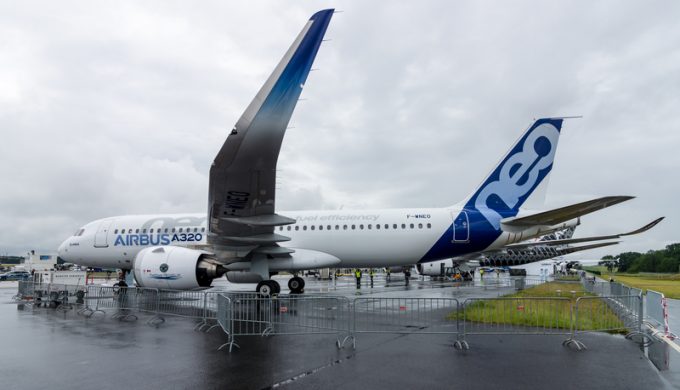DW: Italy reaches deal with Lufthansa over sale of stake in ITA
DW News reports: The deal still needs to be cleared by the the European Commission. What else ...

Hundreds of A320neo aircraft will be grounded for extended periods of time over the coming three years owing to inspection and repair work on their jet engines. This will culminate in about 650 aircraft parked early next year.
The problem is a further constraint on the ...

Comment on this article